-
 Bitcoin
Bitcoin $76,444.7530
-3.77% -
 Ethereum
Ethereum $1,473.8355
-5.46% -
 Tether USDt
Tether USDt $0.9991
-0.08% -
 XRP
XRP $1.7965
-5.51% -
 BNB
BNB $553.4919
-0.36% -
 USDC
USDC $0.9999
-0.02% -
 Solana
Solana $105.2981
-1.74% -
 TRON
TRON $0.2303
0.81% -
 Dogecoin
Dogecoin $0.1422
-4.62% -
 Cardano
Cardano $0.5587
-4.41% -
 UNUS SED LEO
UNUS SED LEO $8.9866
1.01% -
 Toncoin
Toncoin $2.9933
-4.74% -
 Chainlink
Chainlink $10.9113
-4.81% -
 Stellar
Stellar $0.2215
-4.76% -
 Avalanche
Avalanche $16.1163
-3.29% -
 Sui
Sui $1.9371
-3.89% -
 Shiba Inu
Shiba Inu $0.0...01065
-6.69% -
 Hedera
Hedera $0.1469
-3.29% -
 MANTRA
MANTRA $6.2058
-1.53% -
 Dai
Dai $1.0000
0.01% -
 Bitcoin Cash
Bitcoin Cash $269.3457
-2.08% -
 Polkadot
Polkadot $3.3773
-5.87% -
 Litecoin
Litecoin $69.2204
-2.50% -
 Ethena USDe
Ethena USDe $0.9986
-0.01% -
 Bitget Token
Bitget Token $4.0180
-3.25% -
 Pi
Pi $0.5649
-4.50% -
 Hyperliquid
Hyperliquid $11.1928
-2.80% -
 Monero
Monero $195.3885
-4.41% -
 OKB
OKB $50.9235
-0.59% -
 Uniswap
Uniswap $4.7688
-6.95%
Steps to quickly generate a Bitcoin wallet address
Bitcoin wallet addresses are unique identifiers used to send and receive Bitcoins securely, generated easily via software, online tools, or hardware wallets.
Apr 05, 2025 at 01:35 am
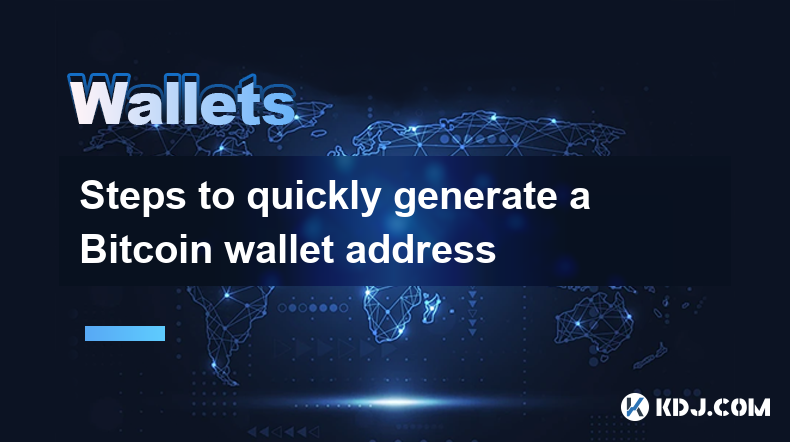
Understanding Bitcoin Wallet Addresses
Before diving into the steps, it's crucial to understand what a Bitcoin wallet address is. It's essentially a unique identifier, like a bank account number, used to receive and send Bitcoins. You don't need to reveal your personal information to generate or use one; your address keeps your identity private. Generating a new address is simple and can be done in minutes using various methods. This address is a string of alphanumeric characters, and its security is paramount.
Method 1: Using a Bitcoin Wallet Software
This is the most common and recommended method. Numerous wallets offer user-friendly interfaces. Choosing a reputable wallet is crucial to ensure security and reliability. Popular options include Electrum, Exodus, and BlueWallet. These wallets handle the address generation process for you, ensuring its validity and security. The process typically involves downloading, installing, and setting up the wallet software.
- Download and install a Bitcoin wallet from a trusted source.
- Create a new wallet, following the on-screen instructions. This usually involves creating a strong password.
- Your wallet will then generate a new Bitcoin address. You'll find this address displayed within the wallet interface. It's usually displayed as a QR code for easy scanning.
- Always back up your wallet's seed phrase. This is crucial for recovering your Bitcoin if you lose access to your wallet.
Method 2: Using Online Bitcoin Wallet Generators
While convenient, online generators pose a higher security risk. Use only reputable websites with positive user reviews and strong security measures. Never use a generator you don't trust. The security of your Bitcoin depends on the security of the website you use.
- Find a reputable online Bitcoin wallet generator.
- Follow the instructions on the website to generate a new address. This often involves clicking a button or filling out a form.
- The generator will provide you with a Bitcoin address. Remember to copy this address carefully, as you won't be able to retrieve it later from the generator if you lose it.
- Use this address only once, if possible, to enhance your security.
Method 3: Using Hardware Wallets
Hardware wallets provide the highest level of security. These are physical devices that store your private keys offline, protecting them from online threats like hacking and malware. Ledger and Trezor are two popular hardware wallet brands.
- Purchase a hardware wallet from a trusted vendor.
- Follow the manufacturer's instructions to set up your wallet and generate a new Bitcoin address. This usually involves connecting the device to your computer.
- Your hardware wallet will display your Bitcoin address. Always treat your hardware wallet and its seed phrase with extreme caution. Never share these with anyone.
Understanding Private Keys and Seed Phrases
Your Bitcoin wallet doesn't just hold your address; it also holds your private keys and seed phrase. The private key is a secret code that gives you control over your Bitcoin. The seed phrase is a list of words that can be used to recover your private keys if you lose access to your wallet. Never share your private keys or seed phrase with anyone. Losing them means losing your Bitcoin.
Choosing the Right Method
The best method depends on your security needs and technical skills. For most users, using reputable wallet software is the easiest and safest option. Hardware wallets offer the highest security but require a higher initial investment. Online generators should be used with extreme caution due to security risks.
Frequently Asked Questions
Q: Is it safe to use online Bitcoin wallet generators?
A: While convenient, online generators carry significant security risks. Your private keys could be compromised if the generator is not secure. It's generally safer to use dedicated wallet software or hardware wallets.
Q: How many Bitcoin addresses can I generate?
A: You can generate as many Bitcoin addresses as you need. Most wallets allow you to generate new addresses easily. Using a fresh address for each transaction enhances your privacy and security.
Q: What happens if I lose my Bitcoin address?
A: If you lose your Bitcoin address but have your private keys or seed phrase, you can still access your Bitcoin. However, if you lose both your address and your private keys/seed phrase, your Bitcoin is irretrievably lost.
Q: Are all Bitcoin addresses the same length?
A: Yes, Bitcoin addresses are typically around 34 characters long and consist of alphanumeric characters (letters and numbers). Variations in length are very uncommon and should be treated with suspicion.
Q: Can I reuse a Bitcoin address?
A: While you technically can reuse a Bitcoin address, it's generally not recommended for privacy reasons. Reusing an address makes it easier to link your transactions and potentially compromise your anonymity. It's best practice to use a fresh address for each transaction.
Q: What is a seed phrase and why is it important?
A: A seed phrase is a list of words that acts as a backup for your Bitcoin wallet. If you lose access to your wallet, your seed phrase allows you to recover your private keys and access your Bitcoin. Keep your seed phrase safe and secure; it is the key to your Bitcoin.
Q: How do I choose a secure Bitcoin wallet?
A: Look for wallets with strong reputations, open-source code (allowing community scrutiny), and positive user reviews. Consider factors like security features, ease of use, and platform compatibility when making your choice. Hardware wallets generally offer the highest level of security.
Disclaimer:info@kdj.com
The information provided is not trading advice. kdj.com does not assume any responsibility for any investments made based on the information provided in this article. Cryptocurrencies are highly volatile and it is highly recommended that you invest with caution after thorough research!
If you believe that the content used on this website infringes your copyright, please contact us immediately (info@kdj.com) and we will delete it promptly.
- "Cardano (ADA) Price Could Dip Below $0.60, Following Previous Market Cycle"
- 2025-04-09 05:10:12
- BONK, the well-known meme coin, has risen over 35% in the last week, attracting meme coin investors in the market. So, what caused this rally?
- 2025-04-09 05:10:12
- Bitcoin (BTC) Investors May Not Exactly Feel It, but BTC Has Been a Relatively Good Bet
- 2025-04-09 05:05:12
- Donald's Bitcoin (DONBTC) Could Turn Early Investors into Multi-Millionaires, Like Shiba Inu (SHIB) and Dogecoin (DOGE) Did
- 2025-04-09 05:05:12
- 6 Upcoming Kraken Listings That Could Be the Next Big Thing in Crypto
- 2025-04-09 05:00:13
- COTI Unveils New Privacy-Focused Blockchain to Reshape Web3 Transactions
- 2025-04-09 05:00:13
Related knowledge
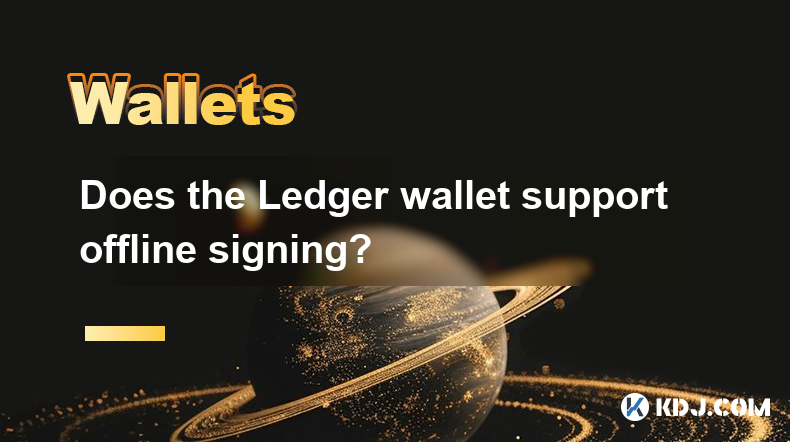
Does the Ledger wallet support offline signing?
Apr 09,2025 at 04:49am
Introduction to Ledger Wallet and Offline SigningThe Ledger wallet is a popular hardware wallet used by cryptocurrency enthusiasts to securely store their digital assets. One of the key features that users often inquire about is offline signing. Offline signing, also known as cold signing, is a security measure that allows users to sign transactions wit...
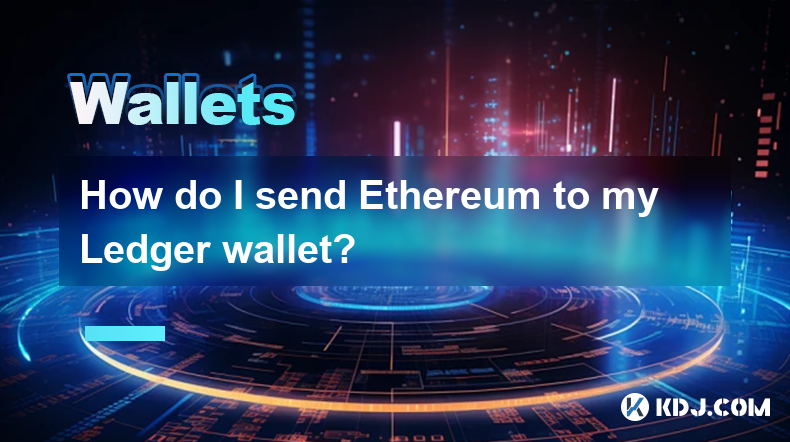
How do I send Ethereum to my Ledger wallet?
Apr 09,2025 at 03:21am
Sending Ethereum to your Ledger wallet involves a few straightforward steps, but it's crucial to follow them carefully to ensure the security of your funds. In this guide, we'll walk you through the process of transferring Ethereum to your Ledger wallet, ensuring that you understand each step and the necessary precautions. Preparing Your Ledger WalletBe...
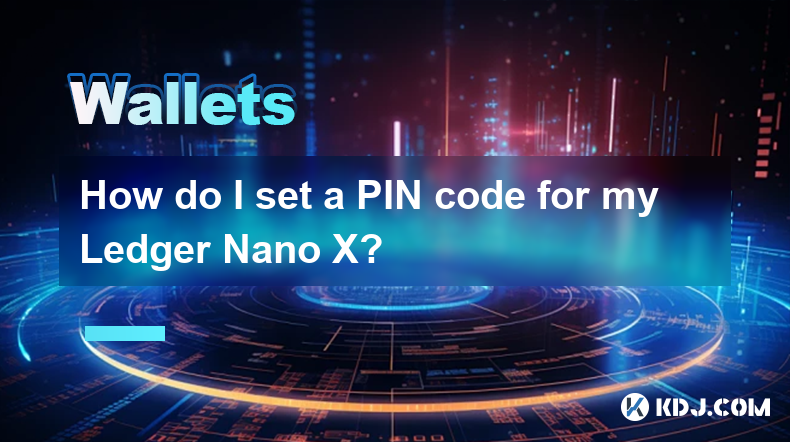
How do I set a PIN code for my Ledger Nano X?
Apr 08,2025 at 11:14pm
Setting a PIN code for your Ledger Nano X is a crucial step in securing your cryptocurrency assets. The PIN code acts as a primary layer of security, ensuring that only you can access your device. In this article, we will guide you through the process of setting up a PIN code on your Ledger Nano X, ensuring that you follow each step meticulously to main...
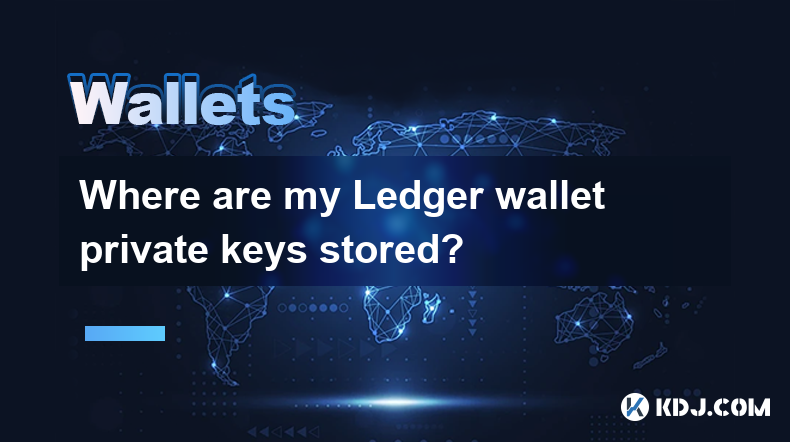
Where are my Ledger wallet private keys stored?
Apr 08,2025 at 10:35pm
When using a Ledger hardware wallet, one of the most critical aspects to understand is the storage and management of your private keys. This article will delve into the specifics of where your Ledger wallet private keys are stored, ensuring you have a comprehensive understanding of their security and accessibility. Understanding Private Keys in Ledger W...
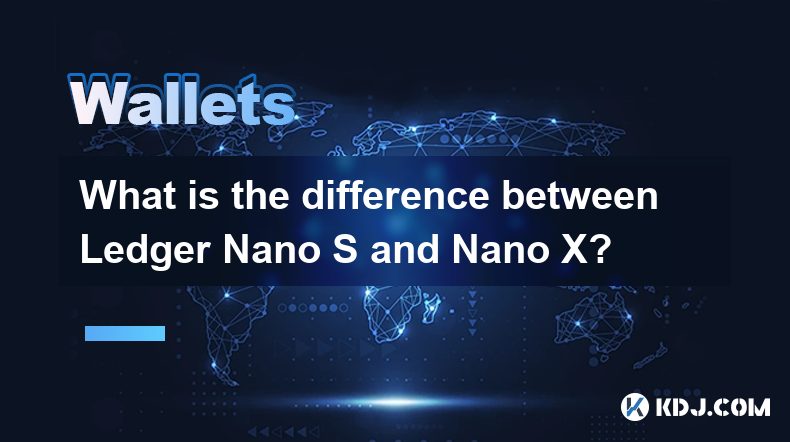
What is the difference between Ledger Nano S and Nano X?
Apr 09,2025 at 12:49am
When it comes to securing your cryptocurrencies, hardware wallets are often recommended as the safest option. Among the most popular hardware wallets are the Ledger Nano S and Ledger Nano X. Both devices are produced by Ledger, a well-known company in the cryptocurrency security industry. This article will delve into the differences between these two de...

How do I enable the Shield Transaction feature on Trezor?
Apr 08,2025 at 10:28pm
Enabling the Shield Transaction feature on Trezor involves a series of steps that allow you to enhance the privacy of your cryptocurrency transactions. This feature is particularly useful for users who want to protect their transaction history from being easily traced on the blockchain. In this article, we will guide you through the process of enabling ...

Does the Ledger wallet support offline signing?
Apr 09,2025 at 04:49am
Introduction to Ledger Wallet and Offline SigningThe Ledger wallet is a popular hardware wallet used by cryptocurrency enthusiasts to securely store their digital assets. One of the key features that users often inquire about is offline signing. Offline signing, also known as cold signing, is a security measure that allows users to sign transactions wit...

How do I send Ethereum to my Ledger wallet?
Apr 09,2025 at 03:21am
Sending Ethereum to your Ledger wallet involves a few straightforward steps, but it's crucial to follow them carefully to ensure the security of your funds. In this guide, we'll walk you through the process of transferring Ethereum to your Ledger wallet, ensuring that you understand each step and the necessary precautions. Preparing Your Ledger WalletBe...

How do I set a PIN code for my Ledger Nano X?
Apr 08,2025 at 11:14pm
Setting a PIN code for your Ledger Nano X is a crucial step in securing your cryptocurrency assets. The PIN code acts as a primary layer of security, ensuring that only you can access your device. In this article, we will guide you through the process of setting up a PIN code on your Ledger Nano X, ensuring that you follow each step meticulously to main...

Where are my Ledger wallet private keys stored?
Apr 08,2025 at 10:35pm
When using a Ledger hardware wallet, one of the most critical aspects to understand is the storage and management of your private keys. This article will delve into the specifics of where your Ledger wallet private keys are stored, ensuring you have a comprehensive understanding of their security and accessibility. Understanding Private Keys in Ledger W...

What is the difference between Ledger Nano S and Nano X?
Apr 09,2025 at 12:49am
When it comes to securing your cryptocurrencies, hardware wallets are often recommended as the safest option. Among the most popular hardware wallets are the Ledger Nano S and Ledger Nano X. Both devices are produced by Ledger, a well-known company in the cryptocurrency security industry. This article will delve into the differences between these two de...

How do I enable the Shield Transaction feature on Trezor?
Apr 08,2025 at 10:28pm
Enabling the Shield Transaction feature on Trezor involves a series of steps that allow you to enhance the privacy of your cryptocurrency transactions. This feature is particularly useful for users who want to protect their transaction history from being easily traced on the blockchain. In this article, we will guide you through the process of enabling ...
See all articles






















































































